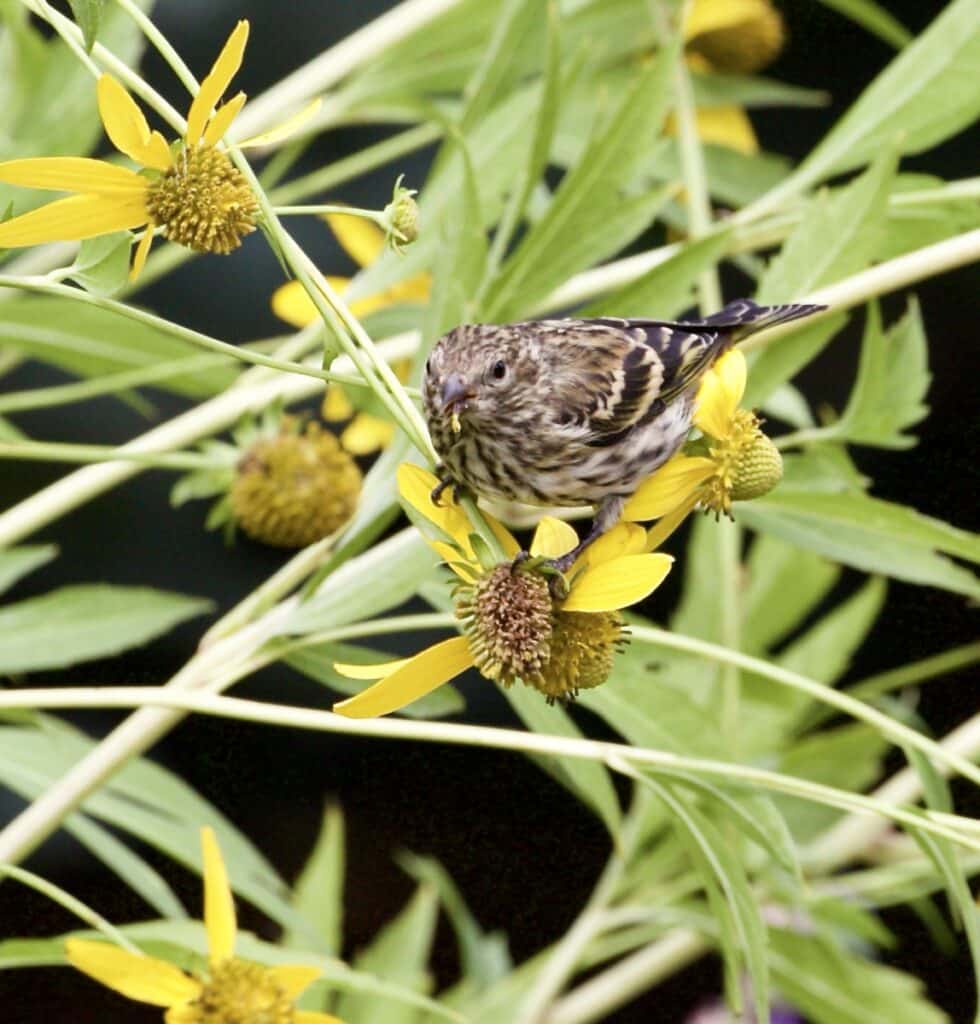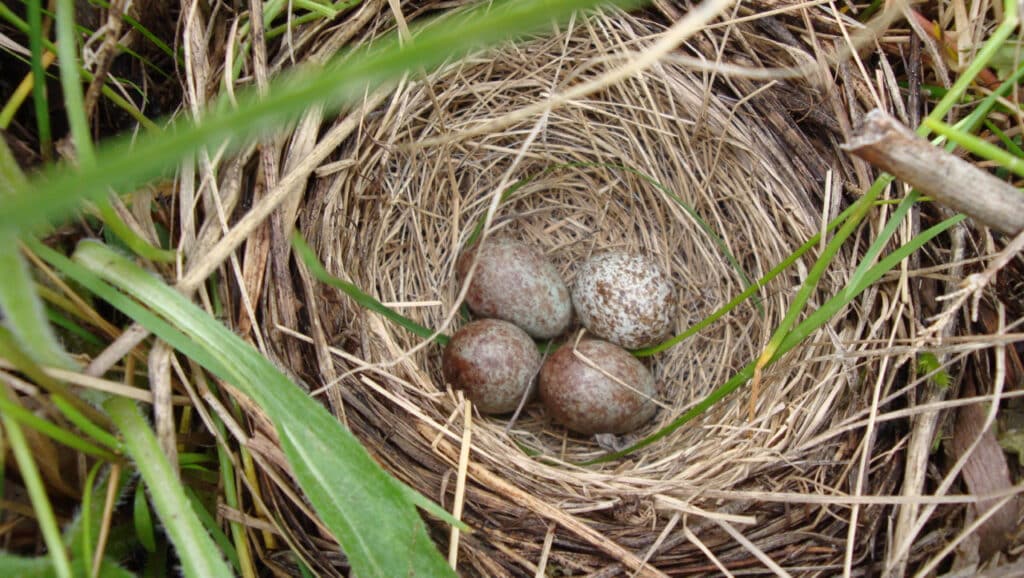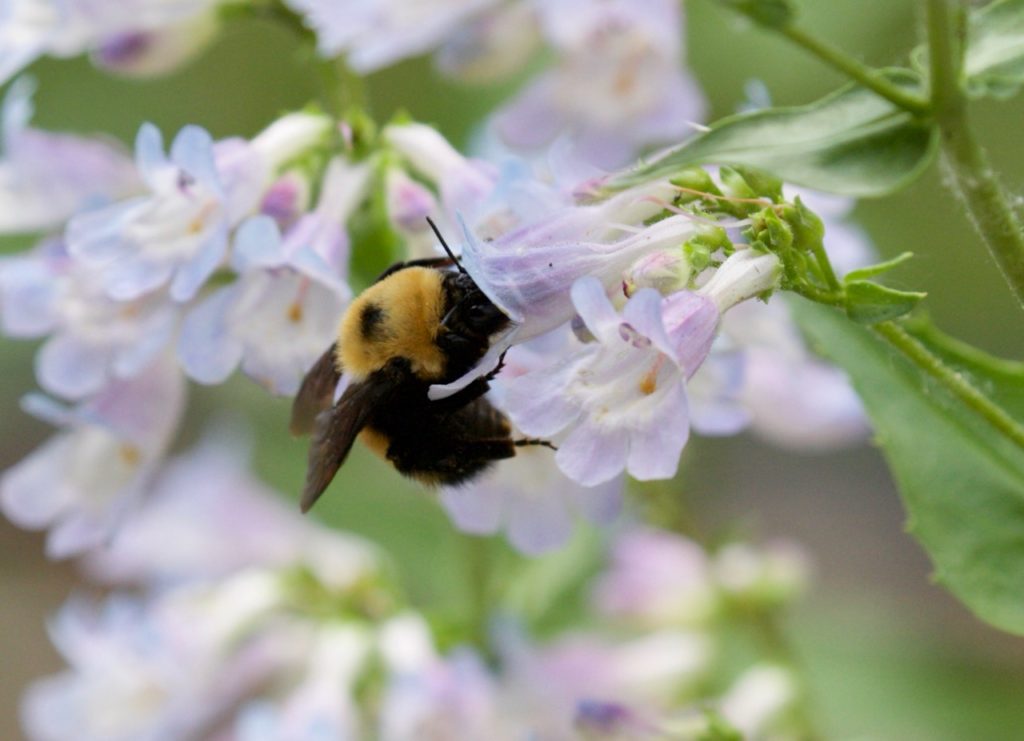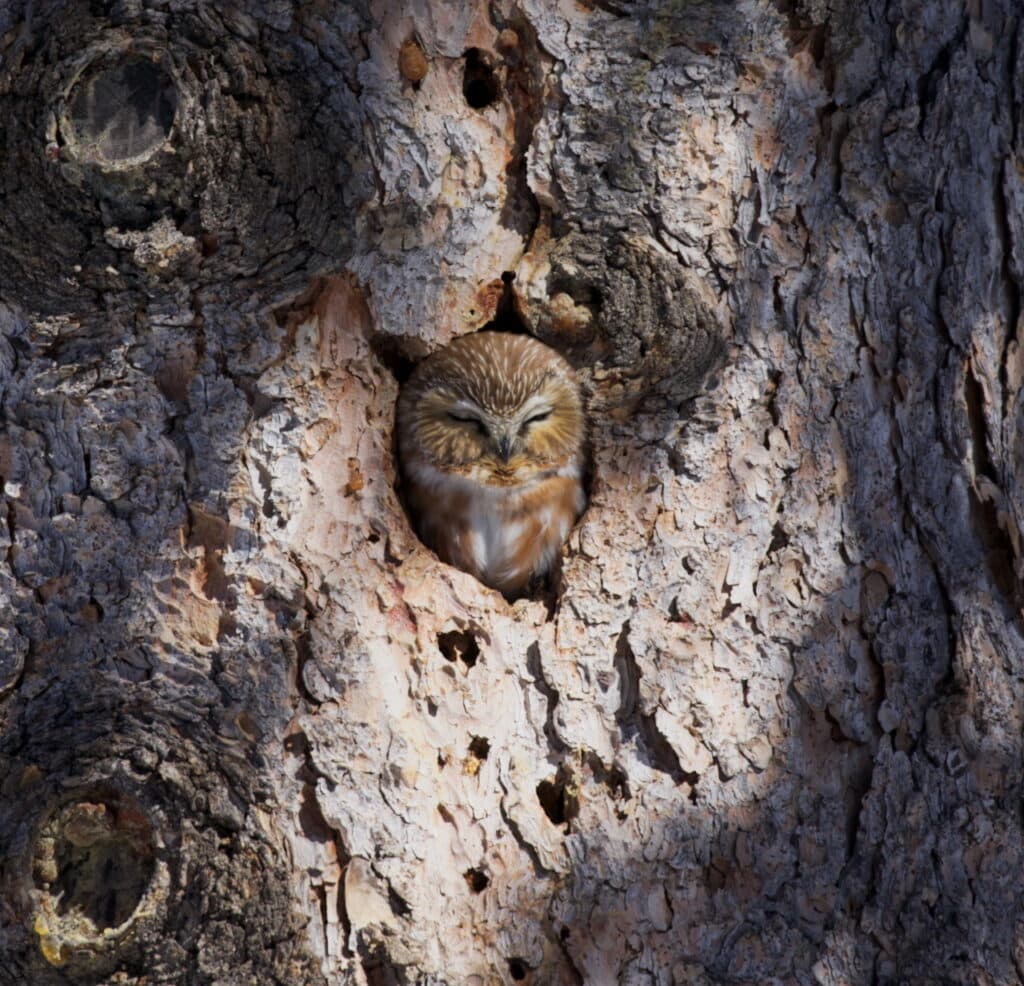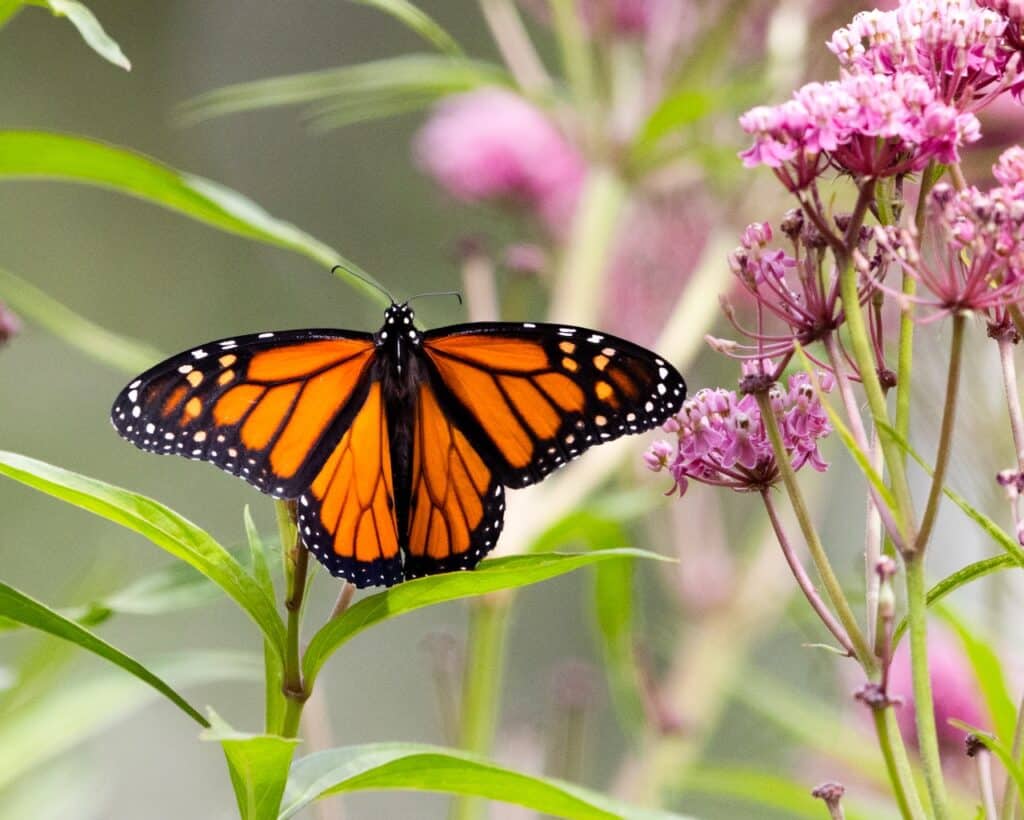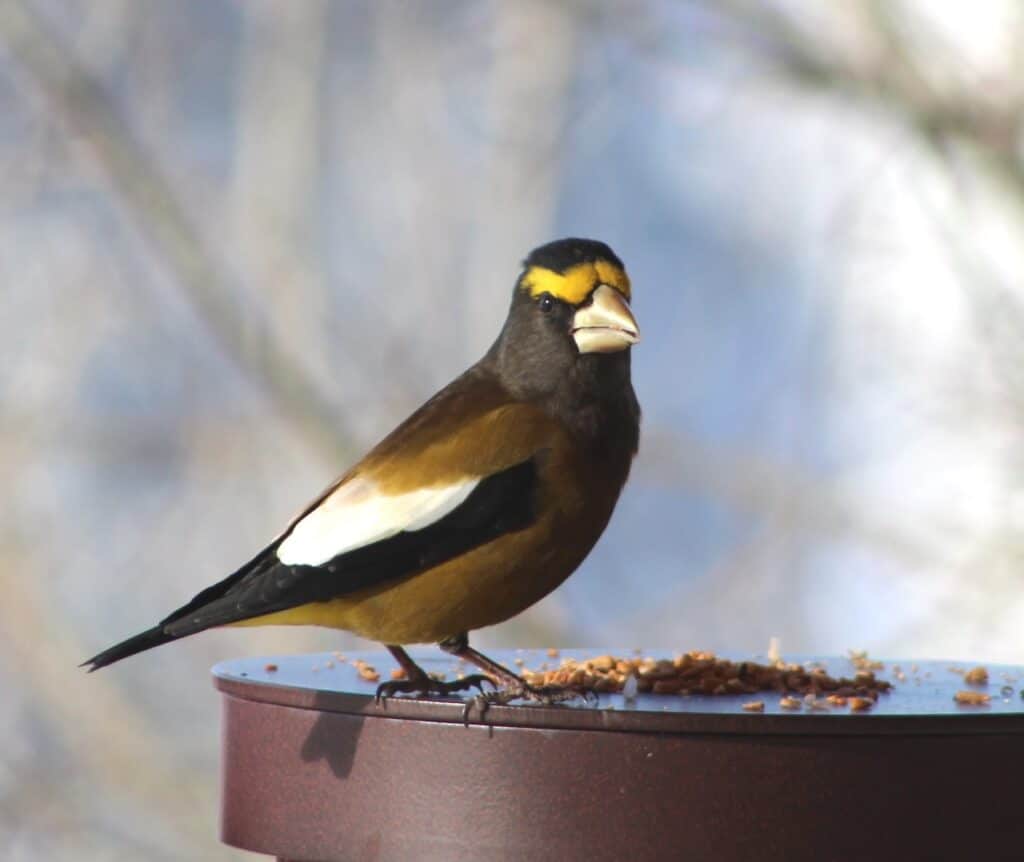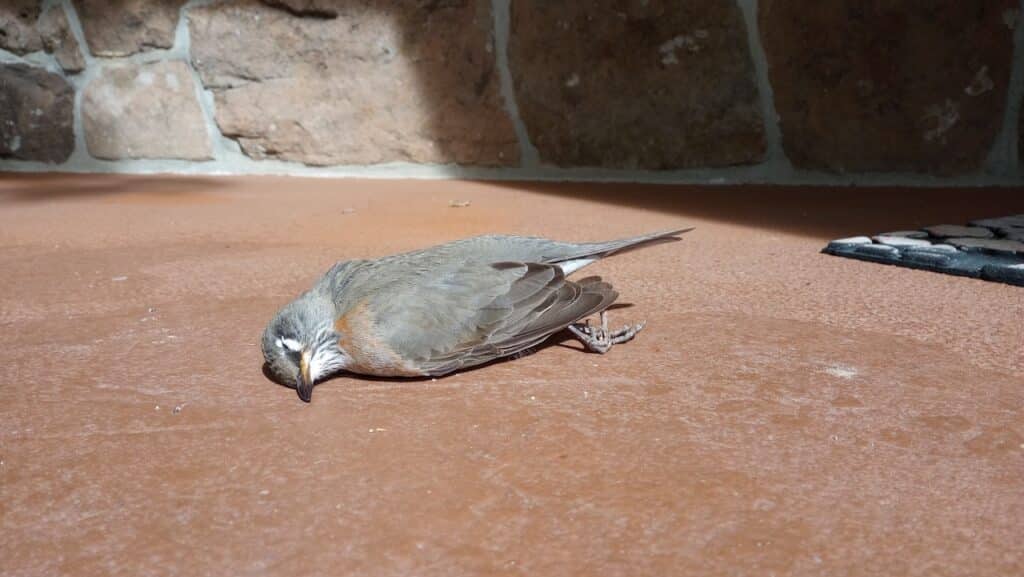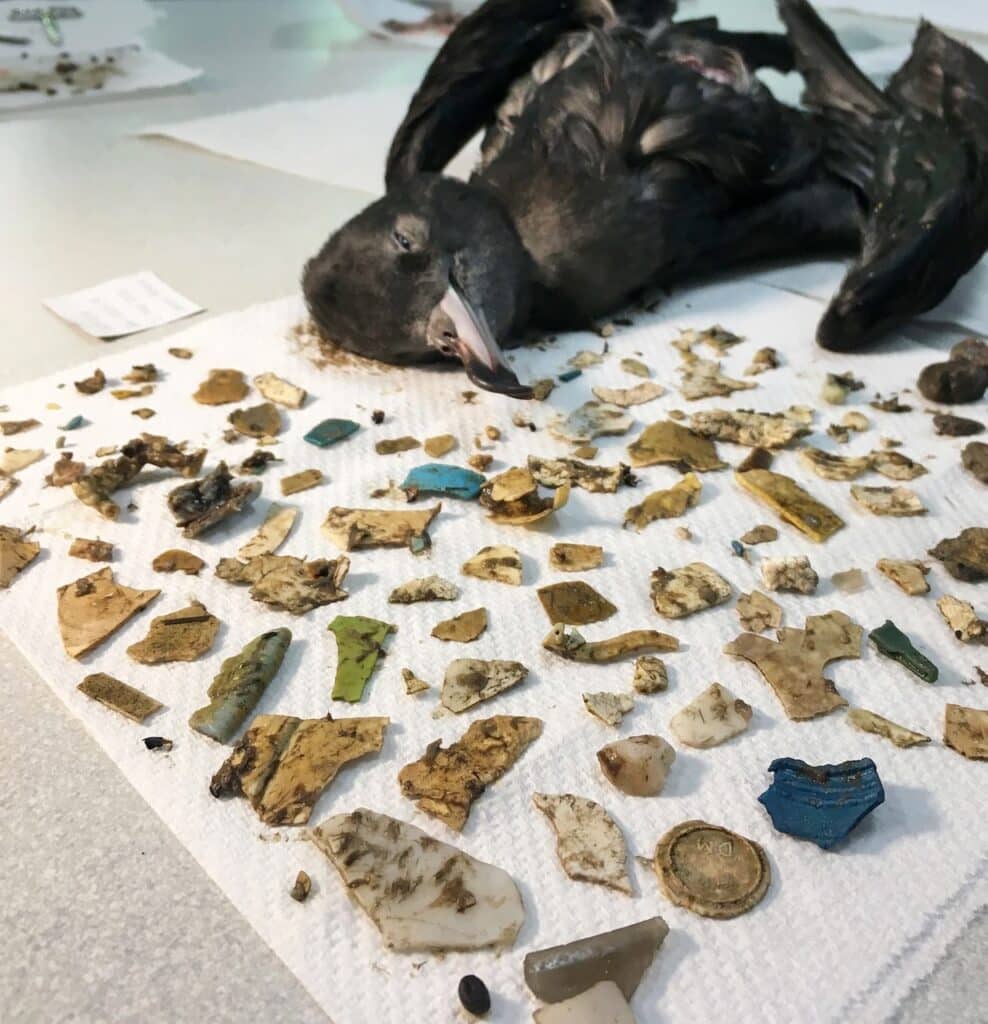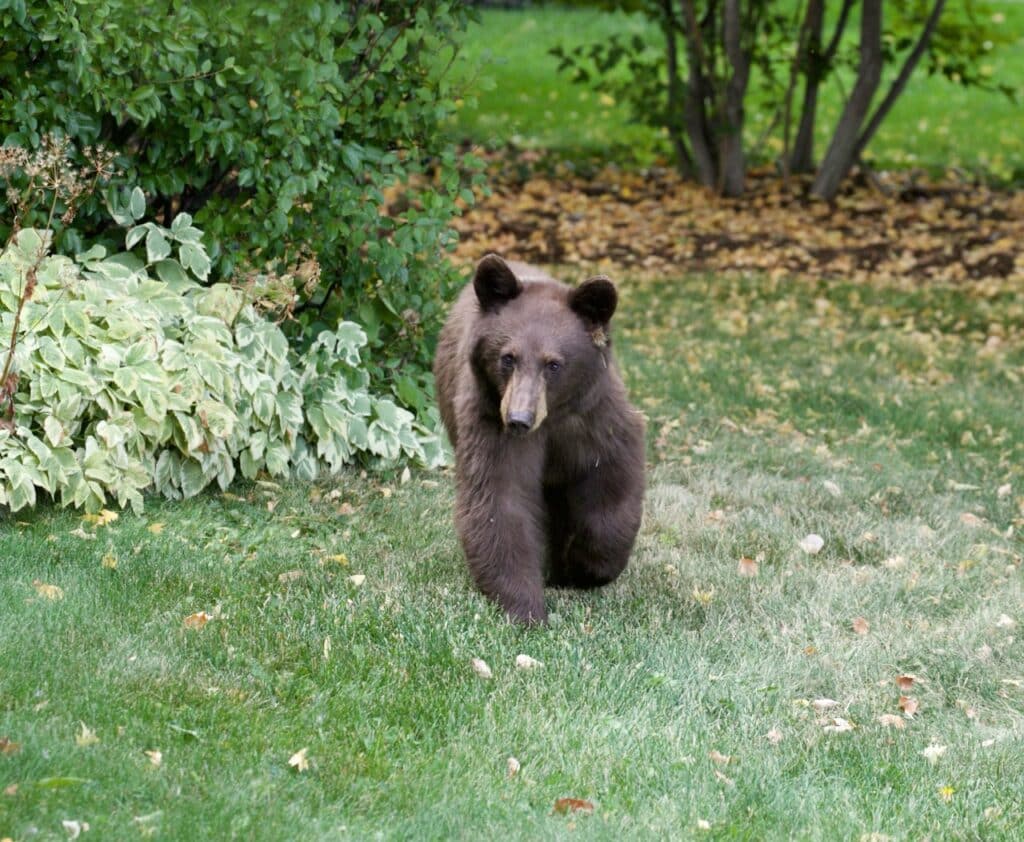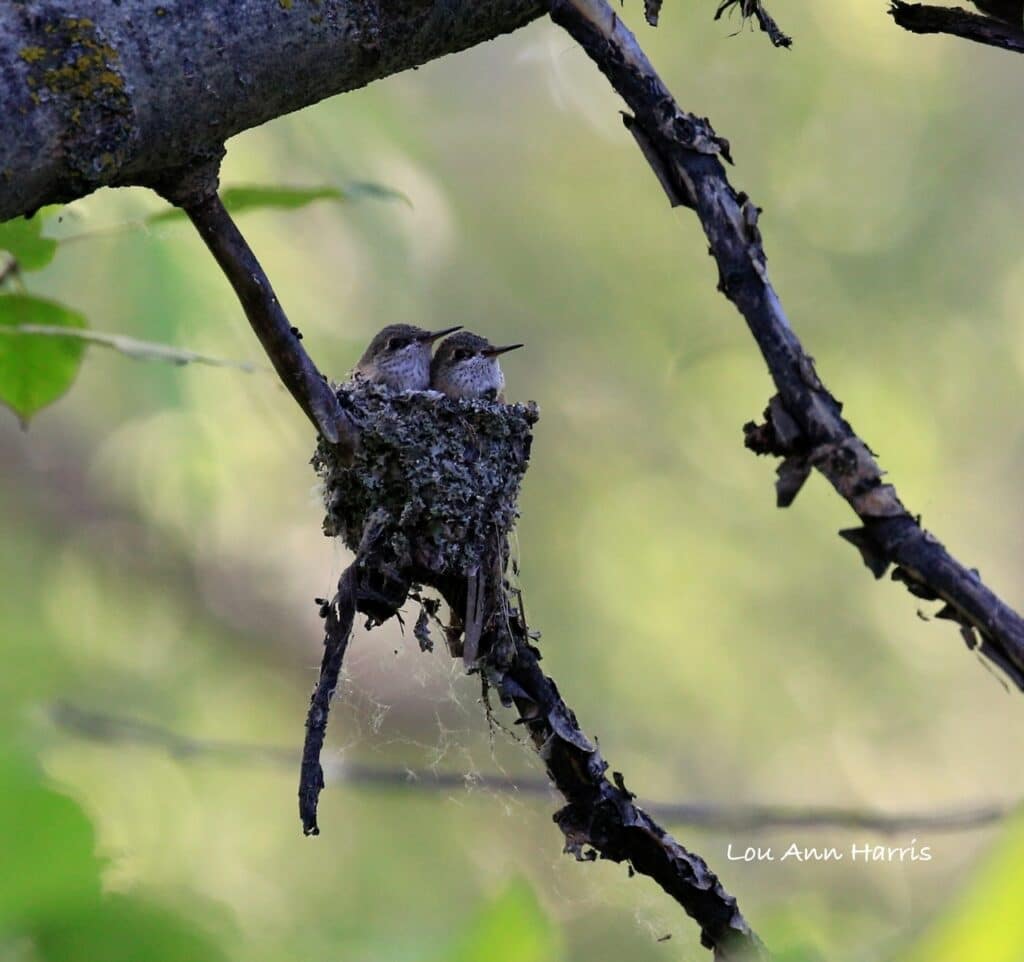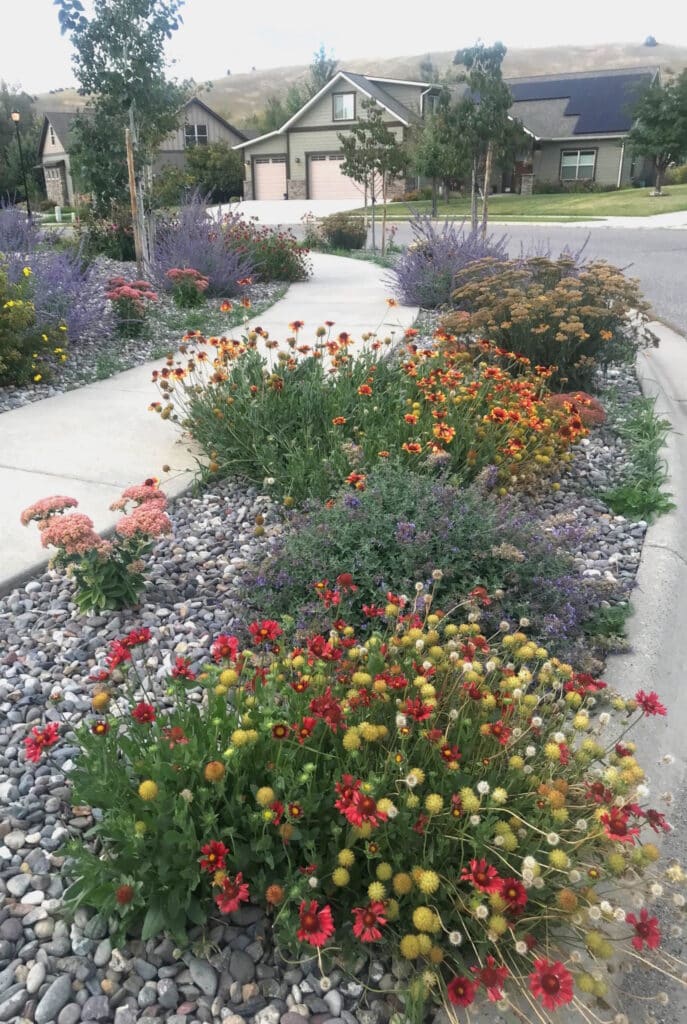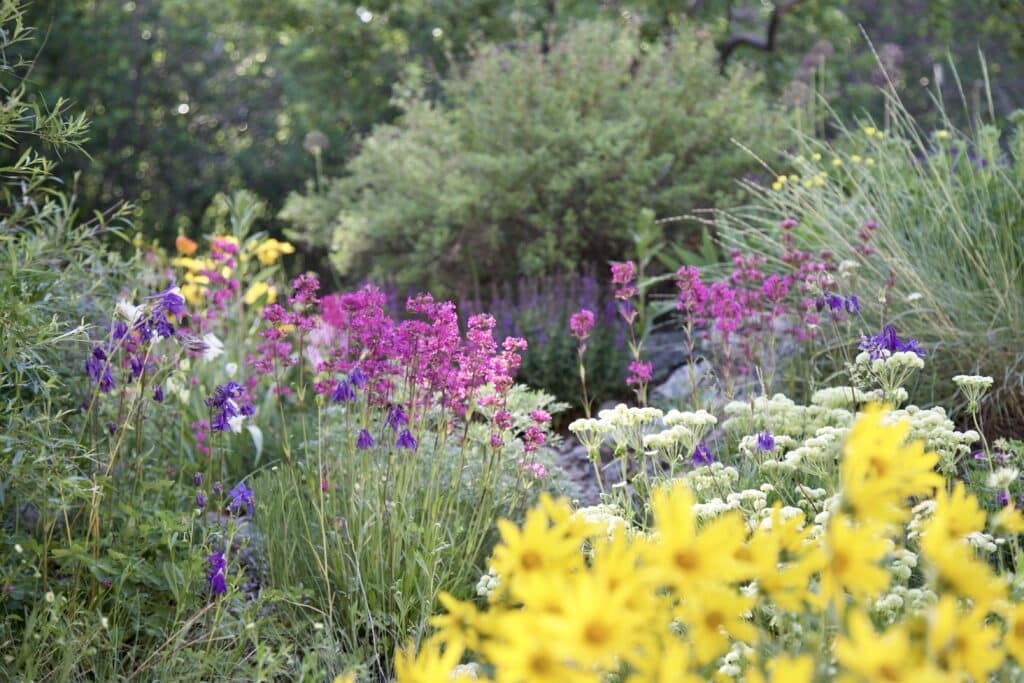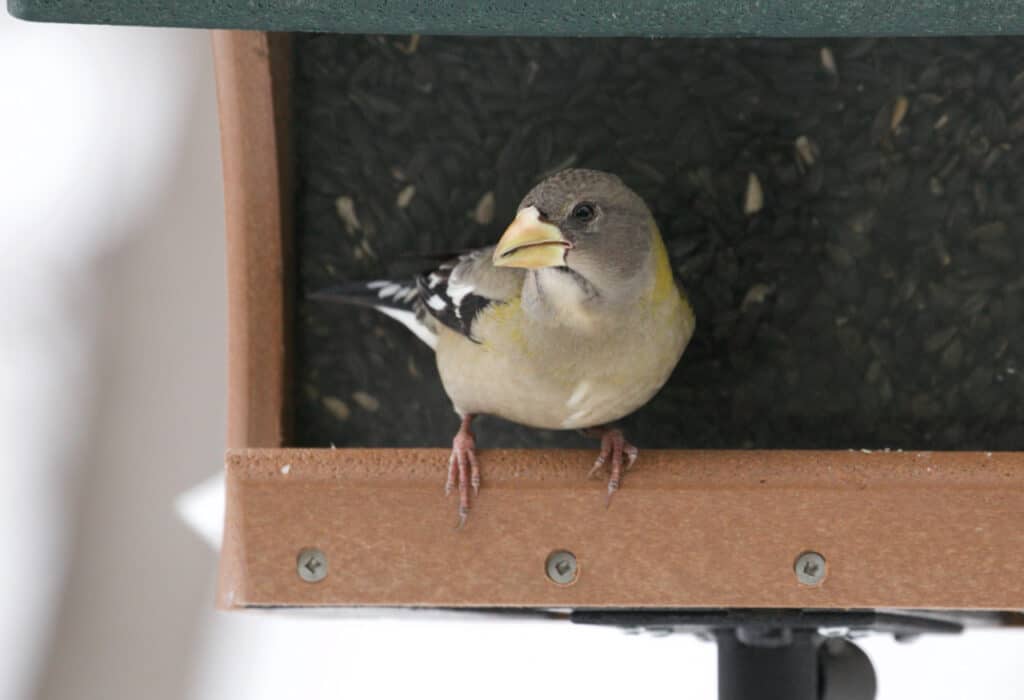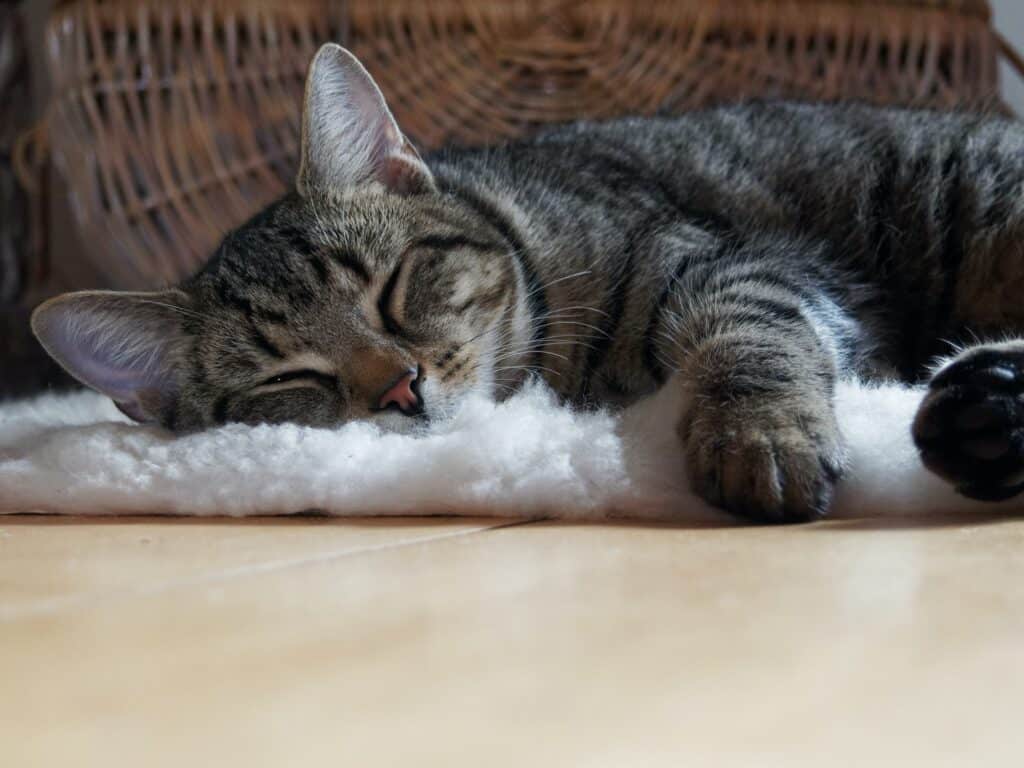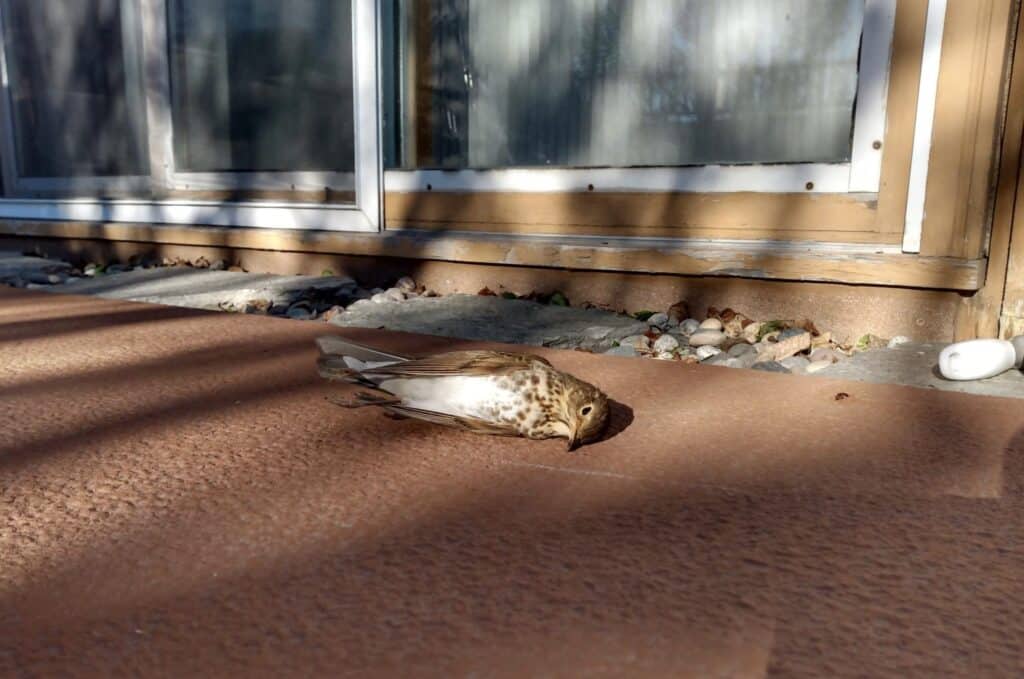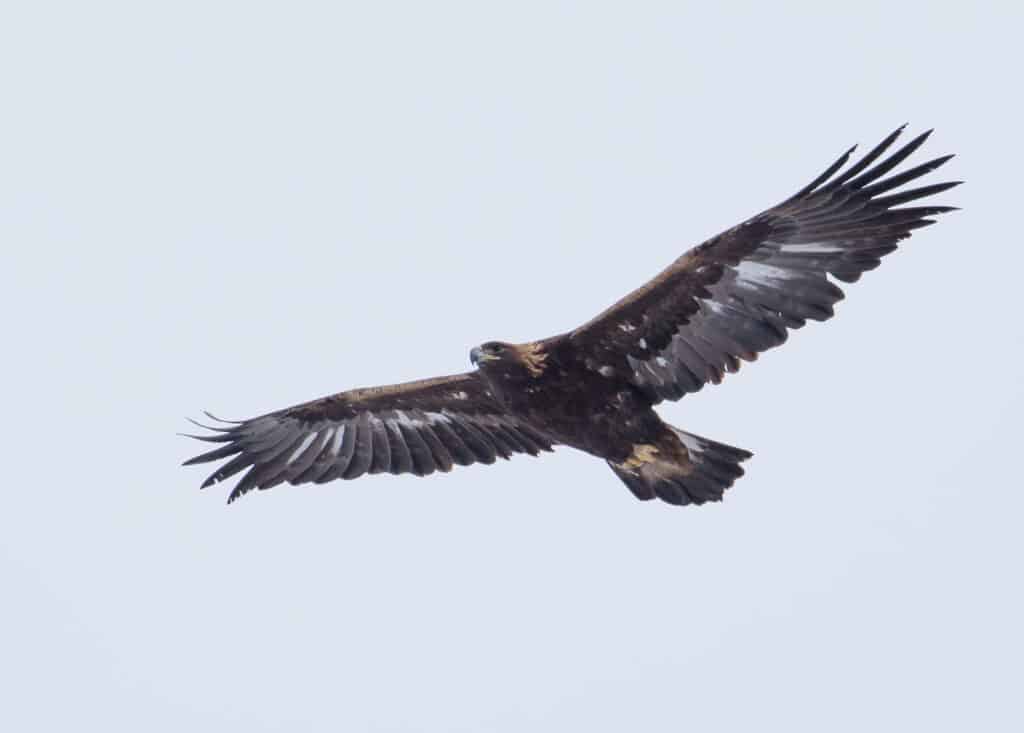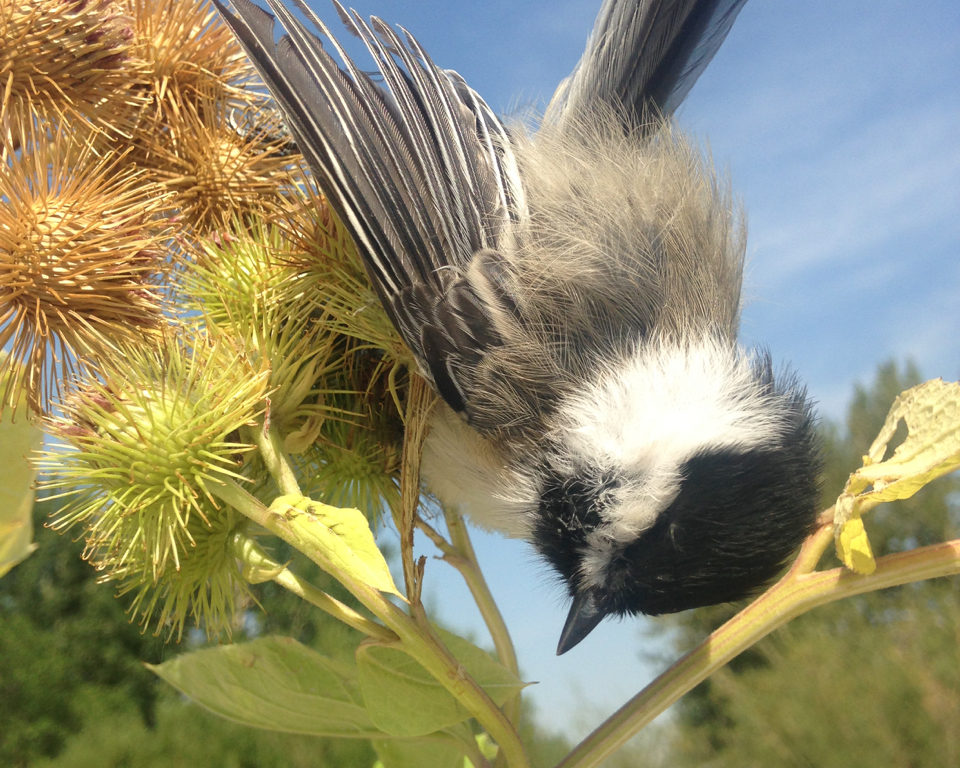Learn More
Bird-Friendly Landscaping
Invite birds to your backyard! One of the biggest threats birds face is habitat loss. Urban growth and new subdivisions are altering and destroying natural habitats, often resulting in sterile acres of mowed lawns and ornamental landscapes bereft of wildlife. You can help reverse that trend by planting a bird…
NestWatch
What is NestWatch? NestWatch is a nationwide monitoring program from the Cornell Lab of Ornithology, designed to track status and trends in the reproductive biology of birds, including when nesting occurs, number of eggs laid, how many eggs hatch, and how many hatchlings survive. This database is intended to be…
Invite Pollinators To Your Yard
When you hear the term “pollinator”, generally you think of hummingbirds, bees and butterflies. Pollinators also include beetles, moths, flies, and bats. Pollinators are extremely important. They are responsible for bringing us one out of every three bites of food. They also sustain our ecosystems and produce our natural resources…
7 Simple Ways to Help Birds
7 Simple Ways to Help Birds 1. Make Windows Safer, Day and Night Simple adjustments to your windows can save birds’ lives. 2. Keep Cats Indoors Indoor cats live longer, healthier lives. Outdoor cats kill more birds than any other non-native threat. 3. Reduce Lawn by Planting Native Species The…
Recipe Cards for Inviting Birds & Pollinators to Your Yard
Sacajawea Audubon Society has a great new resource to help you attract birds and pollinators to your yard. We have created four downloadable “recipe cards”: 1. Invite Finches To Your Home2. Invite Hummingbirds To Your Home3. Invite Fruit-Eating Birds To Your Home4. Invite Pollinators To Your Home Each of these…
Avian Flu and your Bird Feeders
Avian Flu and your Bird Feeders: The Long and the Short by Mikaela Howie Avian influenza, or avian flu, has been in the news a lot lately! What is the deal and what does it mean for our backyard bird feeders and for the wild birds we love? Here is…
New Study on Window Strike Mortality
By Lou Ann Harris & Beth Madden A recent study by the American Bird Conservancy, Fordham University, NYC Bird Alliance, and Stony Brook University, has uncovered new evidence that building collisions are killing significantly more birds than previously estimated. Well over a billion birds are killed annually just in the…
Help Reduce Plastic in Our Environment
Help to Reduce Plastic in Our Environment, Our Birds and Our Bodies! By Anne Ready, Gallatin Valley Earth Day More and more evidence is emerging that microplastics are causing great harm to our environment, wildlife and us! Microplastics are being found in the atmosphere, in our hydrologic cycle (on snowflakes),…
Bears and Bird Feeders
By Ben Goodheart and Mikaela Howie It’s a hard truth, but birdfeeders in the Gallatin Valley are one of the two main attractants, along with unsecured garbage, for bears seeking food. With fall fast approaching, bears will be searching for easy to find, high-caloric foods to pack on weight for…
Garden Buzz – Invite Hummingbirds To Your Yard
By Lou Ann Harris We can all agree on how magical and beautiful hummingbirds are. Southwest Montana hosts several species including Calliope, Rufous and Broad-tailed. Hummingbirds require perches, flowers, water & insects to survive and thrive. Maintaining their high-metabolism lifestyle means they must eat every 10 to 15 minutes and…
Rethinking Boulevard Strips
By Paulette Epple Spring is in the air and it’s that time of year when our thoughts naturally turn to gardening and landscaping. That could mean planting a new shade tree or a cluster of berry-producing shrubs for the birds. Or… maybe it’s time to jazz up the boulevard strip…
Scorecard to Select Pollinator-Friendly Plants
By Victoria Saab, USDA Rocky Mountain Research Station Scientist Emeritus and Sacajawea Audubon Society Board Member; and Justin Runyon, USDA Rocky Mountain Research Station Research Entomologist Pollinating insects are threatened by pesticides, disease, climate change, and habitat loss. Bees, in particular, are declining in the United States and with them…
Smart Tips on Bird Feeding
The very best thing you can do to help birds is to plant native trees, shrubs, and flowers on your property that provide the habitat and natural food sources that they need. But YES, it is supportive to also put out bird seed if some best practices are followed. Research…
Keep Cats Safe
Sacajawea Audubon Society has a new program to address the issue of free-roaming domestic cats and their impact on birds. It’s called “Keep Cats Safe” and includes educational information on keeping cats indoors, creating an outdoor enclosure or “catio”, and walking your cat on a leash. It’s been well-documented that…
Bird-Safe Windows
Make Your Windows Safe For Birds! Glass collisions are taking a huge toll on our birds, with up to a billion birds being killed each year in the U. S. Birds don’t understand windows the way we do – they can’t tell reflections from reality. What appears to them as…
Golden Eagle Blood Lead Study – 2020/2021
Golden Eagle Blood Lead Study 2021
Knock Out Burdock!
Burdock is a particularly nasty invasive weed that is spreading along many of our local favorite trails, parks, and neighborhoods as well as across Montana ranchlands. Because the plant represents a danger to birds, other wildlife, and important bird habitats, Sacajawea Audubon conducts a yearly campaign to eradicate burdock using…

